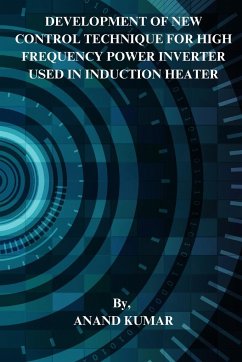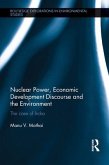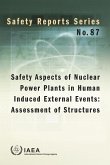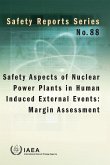Induction heating (IH) technology is a quicker, cleaner, safer and more efficacious substitute to the traditional heating systems. This contactless technology provides excellent heating performance that's been successfully deployed in industrial, domestic and medical fields. Since the initial stages of IH technology at the end of the nineteenth century, technology has advanced to provide a broader application for high-performance and reliable equipment. Currently, advances in power electronic semiconductor technology not only make the IH technology very interesting from an industrial and economic point of view but also take its environmental and social impacts into account. Fundamentally, the IH arrangement consists of an IH coil located below a heating object and excited by a medium or high-frequency (HF) power system, which usually operates in the range of 20 to 100 kHz. In general, induction appliances obtain power from the utility mains voltage that is rectified by a diode bridge rectifier. This rectified voltage is fed to the inverter topology, which supplies the HF AC (20 to 100 kHz) to the induction coil. The IH coil produces a HF alternating magnetic field and links with the heating object that is immersed in the IH coil. Consequently, the heating object begins to heat up due to the eddy current and magnetic hysteresis. Eddy currents are counter to the magnetic field, resulting in heat in the heating object through the Joule effect phenomena, which is always the primary source of heat in IH processes. Additionally, magnetic hysteresis offers extra heating in the case of ferromagnetic materials. Therefore, it can be said that inverter plays a significant role in IH technology. Inverters not only provide HF AC but also control the heating effect to the IH coil by using a proper control algorithm. As operating frequency in IH technology is relatively high, the inverter must ensure less switching and power losses. Since resonant inverter has an inherent capability of soft switching, HF operation and high efficiency, it has always been an active research area in IH technology. Although IH technology has reached a certain milestone, some issues still need to be dealt to further increase its effectiveness. In addition, innovations in technology and its








